Amazing.
Brain-computer interface could also give people ‘enhanced abilities’.
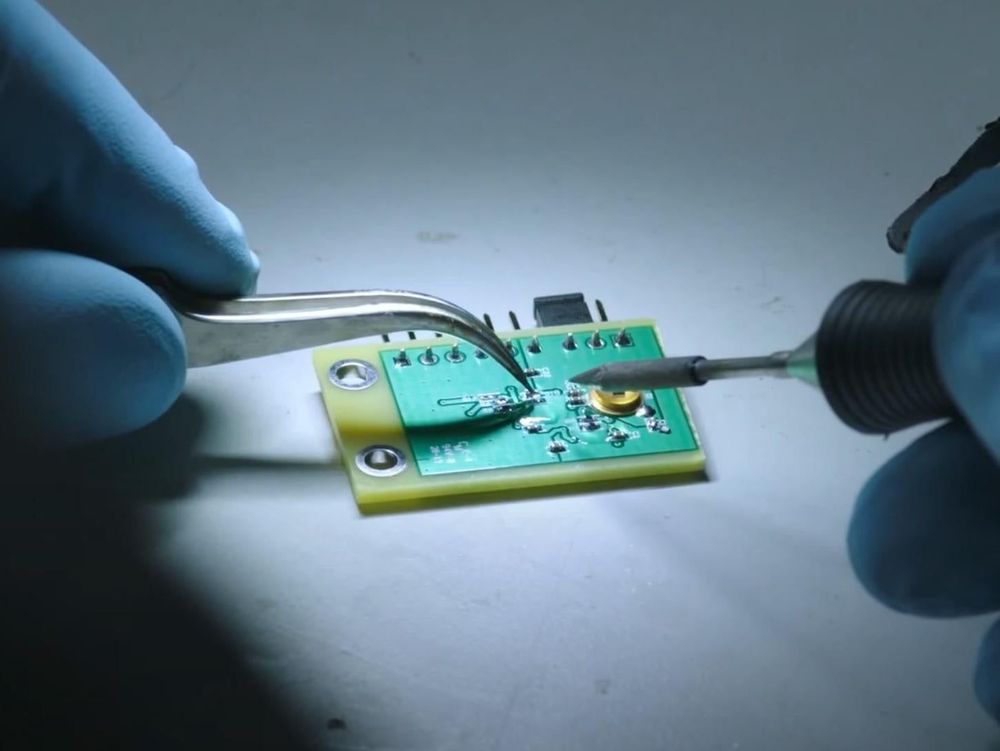
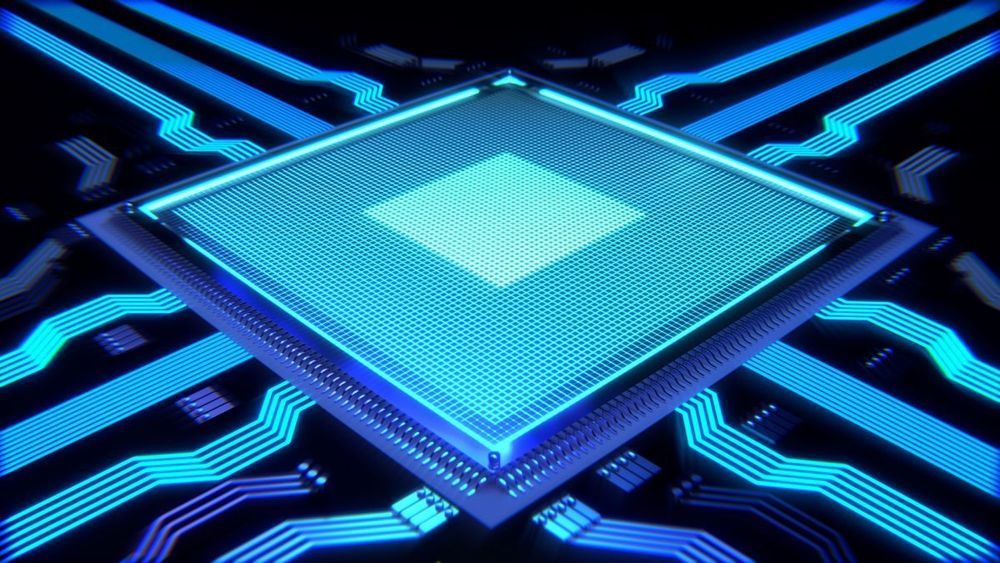
So, you’ve set aside a chunk of change to build a new gaming PC and are just waiting for AMD and Nvidia to launch their next-gen GPUs, is that it? A solid plan, except for one thing—your next build is already obsolete. That’s because whatever you spec’d out is undoubtedly sitting on an AMD or Intel foundation, and didn’t you hear, x86 computing is basically dead. Finished. Kaput. We’re on the cusp of the end of an era, and all because Apple is dumping Intel for ARM.
Okay, maybe not, but that’s essentially the case made by Jean-Louis Gassée, a former Apple executive who led the development of Mac computers in the late 1980s. In no uncertain terms, he says Apple’s decision to phase out Intel CPUs in favor of its own silicon based on ARM will force “PC OEMs to reconsider their allegiance to x86 silicon…and that will have serious consequences for the old Wintel partnership.”
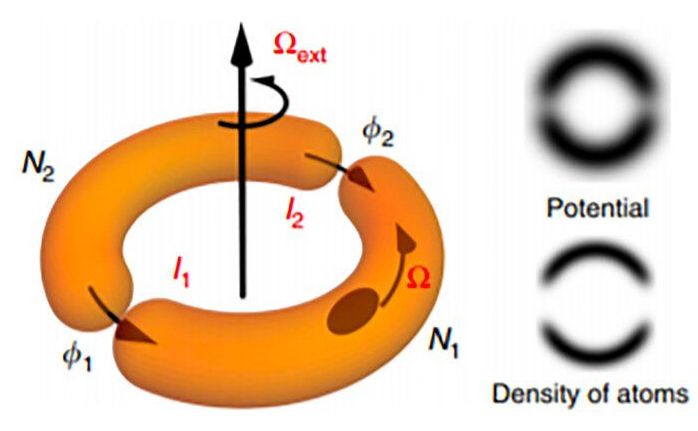
A new device that relies on flowing clouds of ultracold atoms promises potential tests of the intersection between the weirdness of the quantum world and the familiarity of the macroscopic world we experience every day. The atomtronic Superconducting QUantum Interference Device (SQUID) is also potentially useful for ultrasensitive rotation measurements and as a component in quantum computers.
“In a conventional SQUID, the quantum interference in electron currents can be used to make one of the most sensitive magnetic field detectors,” said Changhyun Ryu, a physicist with the Material Physics and Applications Quantum group at Los Alamos National Laboratory. “We use neutral atoms rather than charged electrons. Instead of responding to magnetic fields, the atomtronic version of a SQUID is sensitive to mechanical rotation.”
Although small, at only about 10 millionths of a meter across, the atomtronic SQUID is thousands of times larger than the molecules and atoms that are typically governed by the laws of quantum mechanics. The relatively large scale of the device lets it test theories of macroscopic realism, which could help explain how the world we are familiar with is compatible with the quantum weirdness that rules the universe on very small scales. On a more pragmatic level, atomtronic SQUIDs could offer highly sensitive rotation sensors or perform calculations as part of quantum computers.

A team led by Prof. Du Jiangfeng, Prof. Shi Fazhan, and Prof. Wang Ya from University of Science and Technology of China, of the Chinese Academy of Sciences, proposed a robust electrometric method utilizing a continuous dynamic decoupling technique, where the continuous driving fields provide a magnetic-field-resistant dressed frame. The study was published in Physical Review Letters on June 19.
Characterization of electrical properties and comprehension of the dynamics in nanoscale become significant in the development of modern electronic devices, such as semi-conductor transistors and quantum chips, especially when the feature size has shrunk to several nanometers.
The nitrogen-vacancy (NV) center in diamond—an atomic-scale spin sensor—has shown to be an attractive electrometer. Electrometry using the NV center would improve various sensing and imaging applications. However, its natural susceptibility to the magnetic field hinders effective detection of the electric field.

At long last, the JEDEC Solid State Technology Association has officially finalized the specification for DDR5 SDRAM, which will serve as a blueprint for memory makers and future CPU platform designs as the industry shifts away from DDR4. However, it won’t happen overnight. More on that in a moment.
JEDEC is the industry group that develops and sets open memory standards, and it has more than 300 members, including AMD, Intel, Micron, Samsung, and a host of other major players in the semiconductor industry. JEDEC’s job is important because without the recognized standards that emerge, we would potentially have to navigate through a proprietary minefield when building a PC.
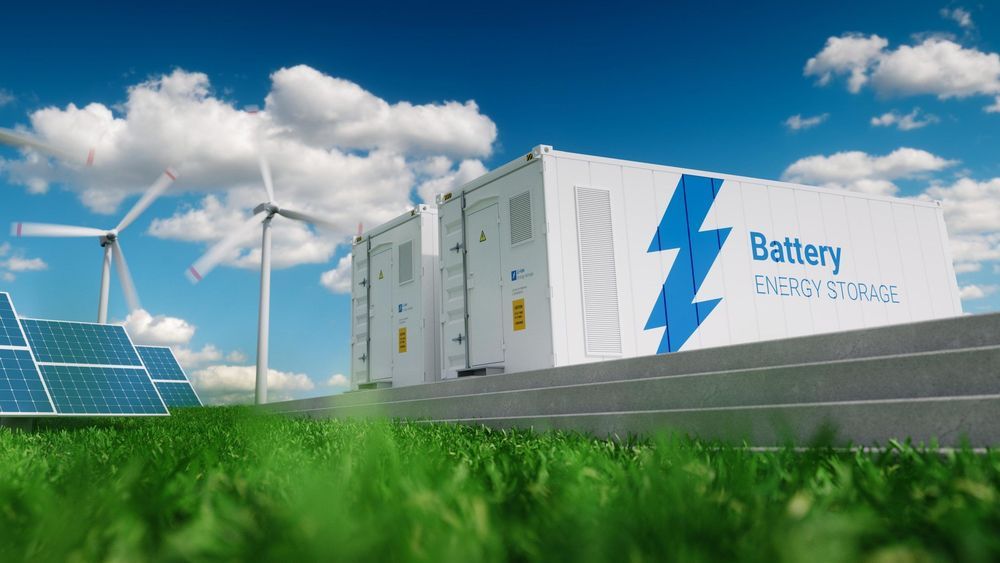
They suggest next steps in search for large-scale energy storage solution.
Lithium-ion batteries are recognized for their high energy density in everything from mobile phones to laptop computers and electric vehicles, but as the need for grid-scale energy storage and other applications becomes more pressing, researchers have sought less expensive and more readily available alternatives to lithium.
Batteries using more abundant multivalent metals could revolutionize energy storage. Researchers review the current state of multivalent metal-ion battery research and provide a roadmap for future work in Nature Energy, reporting that the top candidates – using magnesium, calcium, zinc and aluminum – all have great promise, but also steep challenges to meet practical demands.
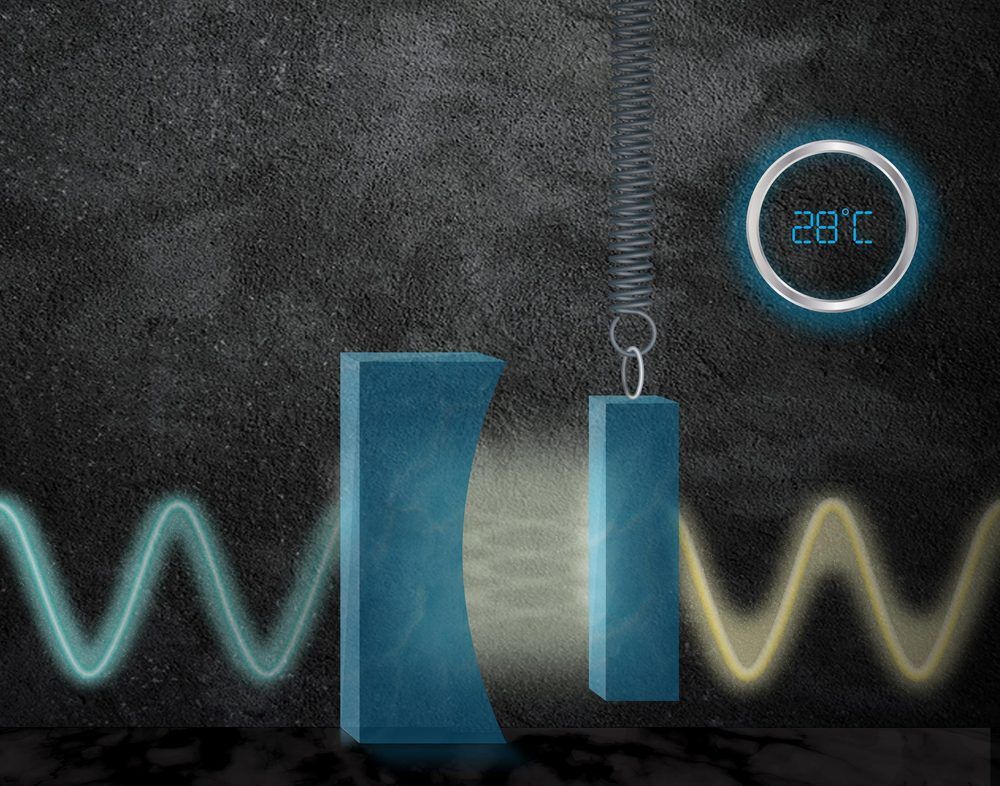
Portable System Boosts Laser Precision, at Room Temperature
Physicists at MIT have designed a quantum “light squeezer” that reduces quantum noise in an incoming laser beam by 15 percent. It is the first system of its kind to work at room temperature, making it amenable to a compact, portable setup that may be added to high-precision experiments to improve laser measurements where quantum noise is a limiting factor.
The heart of the new squeezer is a marble-sized optical cavity, housed in a vacuum chamber and containing two mirrors, one of which is smaller than the diameter of a human hair. The larger mirror stands stationary while the other is movable, suspended by a spring-like cantilever.

To calculate the most stable atomic configuration, as well as estimate its hardness, the team relied on a computational method called density functional theory (DFT). DFT has been successfully used throughout chemistry and solid-state physics to predict the structure and properties of materials. Keeping track of the quantum states of all the electrons in a sample, and their interactions, is usually an intractable task. Instead, DFT uses an approximation that focuses on the final density of electrons in space orbiting the atoms. This simplifies the calculation to make it suitable for computers, while still providing very precise results.
Based on these calculations, the scientists found that the Young’s modulus, a measure of hardness, for pentadiamond is predicted to be almost 1700 GPa – compared with about 1200 GPa for conventional diamond.
“Not only is pentadiamond harder than conventional diamond, its density is much lower, equal to that of graphite,” explains co-author Professor Mina Maruyama.
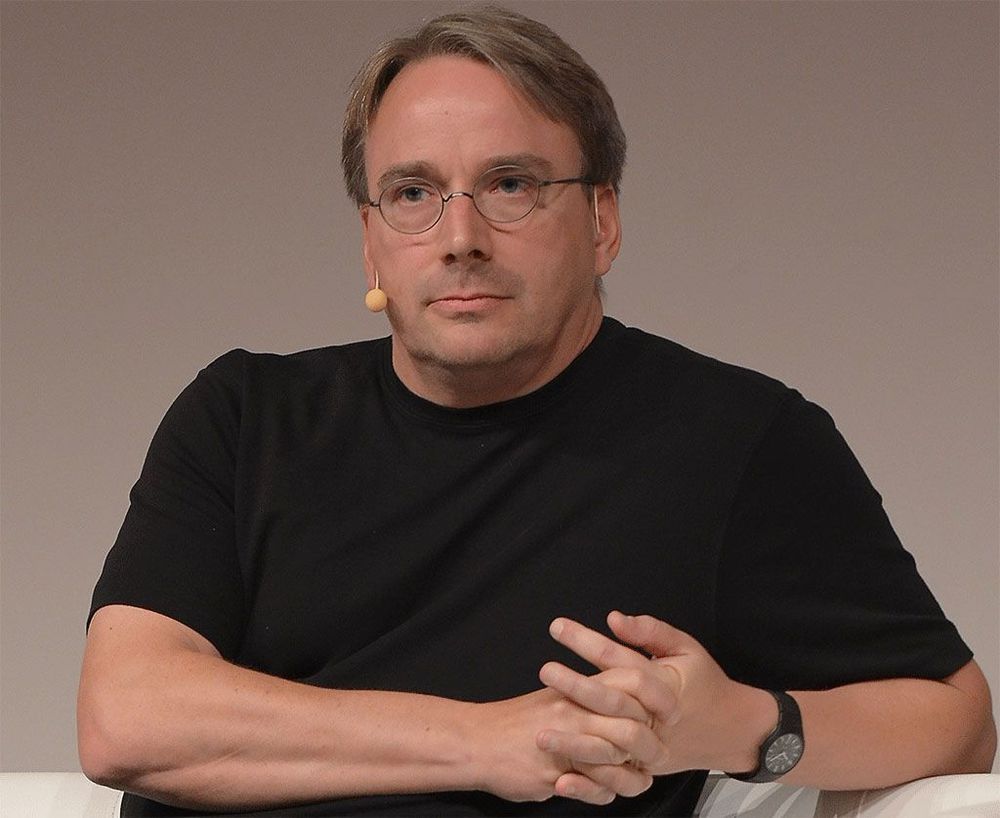
Linus Torvalds, the creator of Linux, offered up some interesting thoughts on Intel’s Advanced Vector Extensions 512 (AVX-512) instruction set, calling it a “power virus” that was only created to make the company’s CPU hardware perform well in benchmarks. He also admitted to being “biased” and “grumpy” in his assessment.
His comments came in a mailing list (via Phoronix) discussing an article suggesting AVX-512 might not be part of Intel’s upcoming Alder Lake architecture. If that comes to pass, it will be just fine by Torvalds.
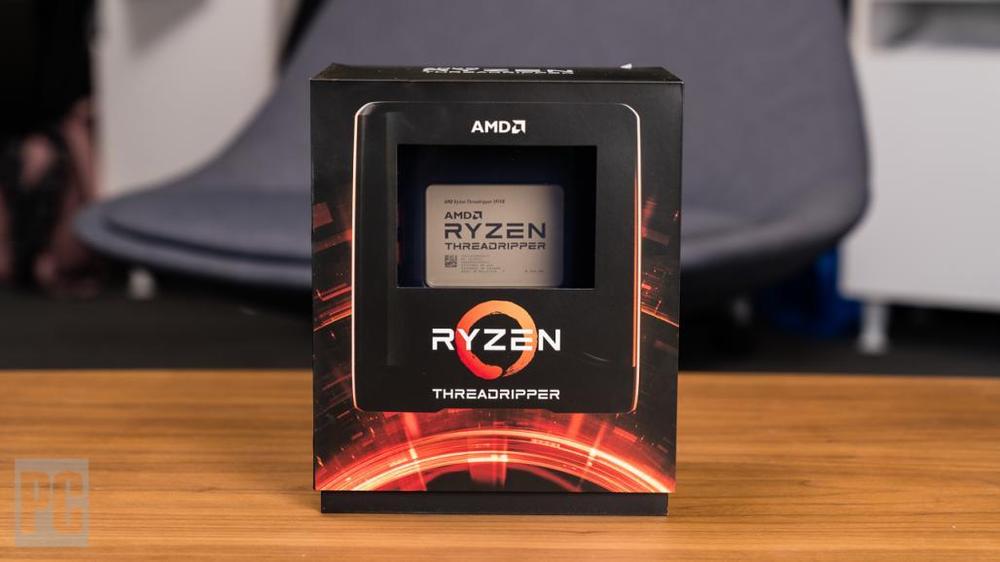
AMD is bringing its acclaimed Ryzen Threadripper processor lineup to the workstation PC market, starting with a new Lenovo ThinkStation model that can be equipped with 64 processor cores.
The new Ryzen Threadripper Pro chips, unveiled on Tuesday, will mark the first time in three years that workstation customers can look to AMD as an alternative to Intel’s Xeon CPUs. The current Xeon W offerings for workstations max out at 28 cores, while the new flagship Threadripper Pro 3995WX has 64 cores and 128 processor threads, which AMD says is the highest number of cores and threads available in a workstation PC.
The ThinkStation P620, the first PC to offer the new Threadripper Pro, will start shipping to customers in September for a starting price of $4,599. When equipped with the 64-core chip, it will offer better performance for some processing tasks—including rendering a 3D image with Maxon’s Cinebench R20 app—than a workstation equipped with two of the 28-core Xeon W chips, AMD says.